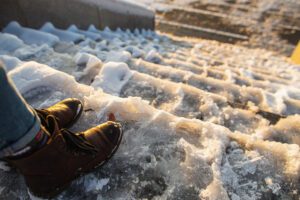According to Health Link B.C., one in three people aged 65 or older will fall yearly. In BC, falls are the leading cause of injury-related deaths and hospitalizations for these older adults. As people age, muscles weaken, bones become more fragile, and reaction times slow. Falls can lead to many injuries that reduce the quality of life. However, falls are predictable and preventable. With that in mind, you may ask yourself, “Who’s liable?” when your elderly loved one slips and falls at their retirement home. Let’s get into it.
Common Causes of Slips and Falls
Medical conditions, old age, medications, a history of falls, facility hazards, lack of adequate care or response to patient requests. The five most common reasons a more senior person may slip or fall is due to:
- Wet or Slippery Floors
- Inadequate Lighting
- Clutter and Obstacles
- Uneven Surfaces
- Physical Weakness and Balance Issues
Identifying these factors can help assess whether negligence or a breach of duty occurred, leading to the fall.
Responsibilities of Retirement Home Staff
Staff are in charge of maintaining a safe and healthy living environment for residents. This includes regularly inspecting common areas, resident rooms, and facilities to identify and address potential hazards. Depending on the level of assistance and care a resident requires, staff members may assist them with their daily living activities, such as bathing, grooming, dressing, and medication management.
Aside from assisting residents, retirement home staff have other general responsibilities like housekeeping and maintenance, emergency response, organizing social and recreational activities, supporting residents, documenting residents’ records, health status, and incidents, and maintaining open communication between residents and their families and doctors.
Determining Liability
To determine who is liable in a slip and fall case, you must establish a duty of care owed by the accused party, identify any negligence or breach of duty, and demonstrate the causation of the incident.
Evidence and Documentation
Photos, witness statements, and relevant documents are crucial to supporting your case and determining liability. Be aware of comparative negligence, where both parties may share some fault.
Resident’s Rights
The Community Care and Assisted Living Act, in conjunction with the Assisted Living Regulation, establishes operators’ responsibilities in promoting and safeguarding the health and safety of residents within assisted living residences. According to the Government of B.C., residents have the right to:
- Be treated with dignity and respect.
- Make their own decisions.
- Protection and promotion of their health, safety and well-being.
- Participate in the development and implementation of plans that affect them personally.
- Services that are tailored specifically for them based on their unique capabilities, needs and cultural and spiritual preferences.
- Services that are delivered by qualified staff with the skills to work with adults who need their support.
- Be kept informed of planned events, changes in the residence or services.
- Fair process to express their concerns, make complaints or resolve disputes.
Legal Recourse
If negligence is suspected, legal recourse typically involves pursuing personal injury lawsuits. If you believe your elderly loved one has suffered from a slip or fall at their retirement home due to negligence, it is best to consult an attorney with experience in personal injury law.
Slips and falls can cause lasting damage to older adults. In some instances, the accident could be caused by old age, a history of falls, or imbalance or weakness. However, in some cases, the retirement home may be liable for the accident, as sometimes slips and falls are caused by facility hazards or inadequate care.
Should you ever find yourself in a situation like this, Baker Newby is here to help. With several decades of handling personal injury law, we can assist you with getting the resolution you and your family deserve. Reach out to us today.

